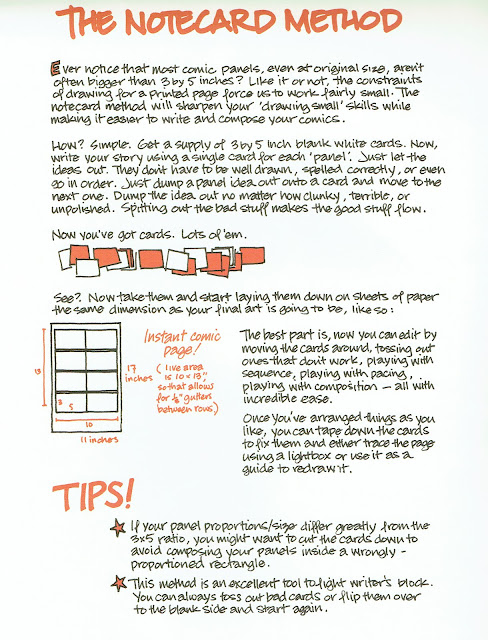Sound is critical to the success of an animatic. Witness a cartoon without it and with it, including the soundtrack and the contrast is startling. As we have seen in class, sound is the main inspiration of a variety of classics, most notably Fantasia. Let's look at some other examples of sound in class that exemplify animation.
Bruce Bickford w/ Frank Zappa
Mall 84:
https://vimeo.com/184245517
4 Track Demonstration:
Ultimately you want to have your various sounds on different "tracks" so that you may edit them individually. I do this the old fashion way, with a Tascam 4 track. This is where my mixing and editing occurs. If you can't find one of these dinosaurs, I suggest using the Lesley Sound Studio that is available to you to record conversation at the same time.
When playing music, traditionally drums, bass, guitar and vocals would be on 4 separate tracks. However, thanks to auxiliary cables, the source of music can be from just about anywhere and run through the same analog effects.

Once I have a mix I like, I put it the sounds back into the computer and edit it in AUDACITY, a free video recording and editing software.
http://www.audacityteam.org/
Here, sound can be chopped up, looped, distorted, amplified, slowed down, sped up, etc.
Once I have my soundtrack completely in order, I trace the time of the sound and co-ordinate it with VISUALS. The converging of these two things will be what makes the final animatic.
Roger Otto: Dinosaur Skateboarder was made this way, as well as a series of ongoing live performances.
8:30 - 8:45 - Looking at Color
Color!
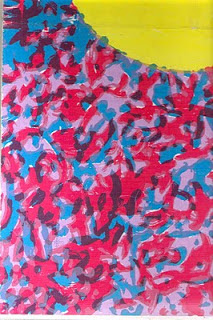
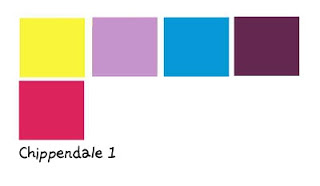
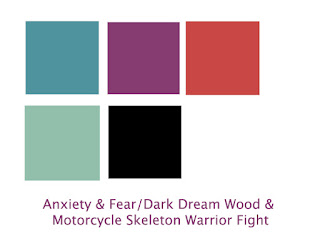
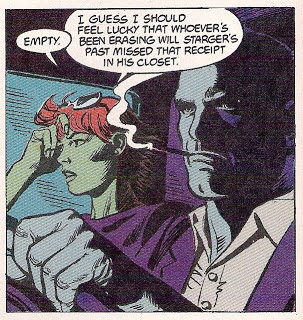
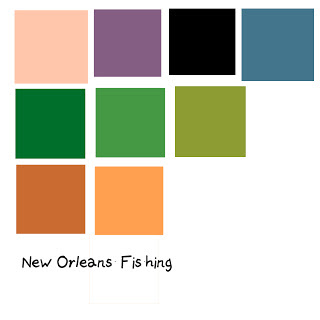
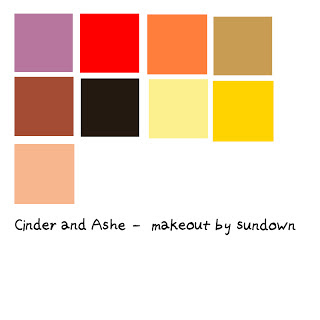
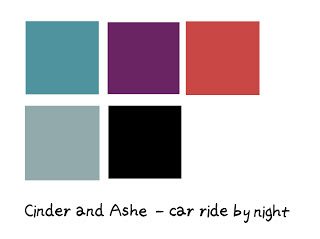
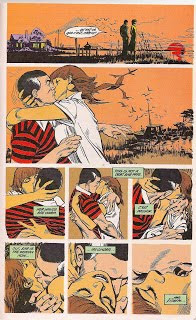
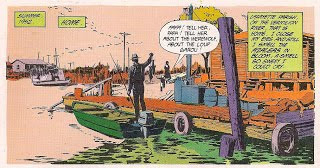
How does your color decisions reinforce the theme of your animatic? Does it play into the world you have built? Does it accompany the song? It is true to its adaptation?
9:00 - 10:00 - Critique of Homework
10 - 10:30 - Description of homework and experimentation with 4 track.
Homework: Write script and/or First take recordings. Attempt to mix sound using Audacity. Record with your phone. I suggest each piece of dialogue be its own file so that it can be pieced together in an audio program.
